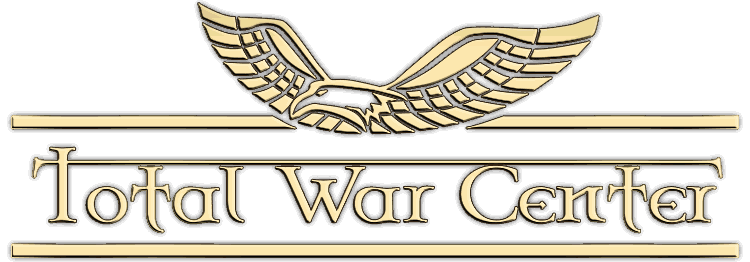 Re: Economic 'weight' of different regions - is Egypt under represented?
Re: Economic 'weight' of different regions - is Egypt under represented?
To go a bit further on that topic (text translated from a French source. Hope it’s not too bad  ):
):
The Western Europe is a civilization with rural dominance which evolves towards a position hold by cities and by their economic environment. That means a "renaissance" of plentiful exchanges from a great distance away, mostly based on the none agricultural production. From the 12th century, with universities and fairs, cities gets a leading position. The well urbanized regions, the pole of the networks of exchange and craft production, are going to make the backbone of the West: Central and Northern Italy, Flanders, North Germany and later on South Germany.
Note that there was a difference between Northen Europe where there were new settlements and Southern Europe where the Roman urbanization survived. The climat has to be also taken in account regarding the nature of the crops. The aristocracy is mostly rural in Northern Europe but mostly lives in towns in Southern Europe.
During the high era, the Western Society is rural. There are many not cultivated or not cultivable zones. Cities are fortified, retracted and survived with the religious function (bishop's palaces and monasteries).The economy is mostly autarkic and centralized on great domains. Some signs show the beginning of revival, f.e. the trade across the North Sea (starting at the end of the 7th but mostly during the 8th century). Stagnation demographic with big losses during wars or plagues. The Arabic conquest confirms the changes between the Northern and Southern borders of the Mediterranean Sea. From then, 3 major sets emerges:
the West, the Byzantin East and the Islamic East. Even if there’s no clear cut (there’s still trade and cultural influences), some major differences appears like religion, civilization, customs, intellectual level, politic system (feudal system in the West), economy (rural in the West, urbanized and trade in the East.
From the 11th century and up to the 13th century, there’s a demographic development and agricultural resources: clearing, technical improvement, ploughs, better iron… The not cultivated areas are reduced to the minimum. The West becomes more and more urbanized. Cities become more important economically (craft, trade) and socially (bourgeoisie rejecting the feudal system) and somehow politically as well (autonomous municipalities even independent sometimes). 2 great trade axes emerges: North-West / South-East (Hanseatic ligue, Flanders, Italy with Champagne in between them). The exchanges become more important in quantity and value, creating new payment system: banks, bills of exchange.
As the State insures the safety(security) and guarantees the transactions(deals), he tax levy becomes integrated into the economy.
The Byzantine Empire follows the same economic and demographic development as the Western Europe from the mid 8th century and at least up to the beginning of the 13th century (4th Crusade). However, there is growth but not real development or structural transformations. For example, unlike the west, there does not seem to be a technological innovation which transforms the production.
On contrary, the Muslim countries don't share that growth as the West becomes economically dominant (need more researches).
The Eastern Europe knows a later development (need more researches).
Under the patronage of Flinn, proud patron of Jadli, from the Heresy Vault of the Imperial House of Hader







 Reply With Quote
Reply With Quote



























